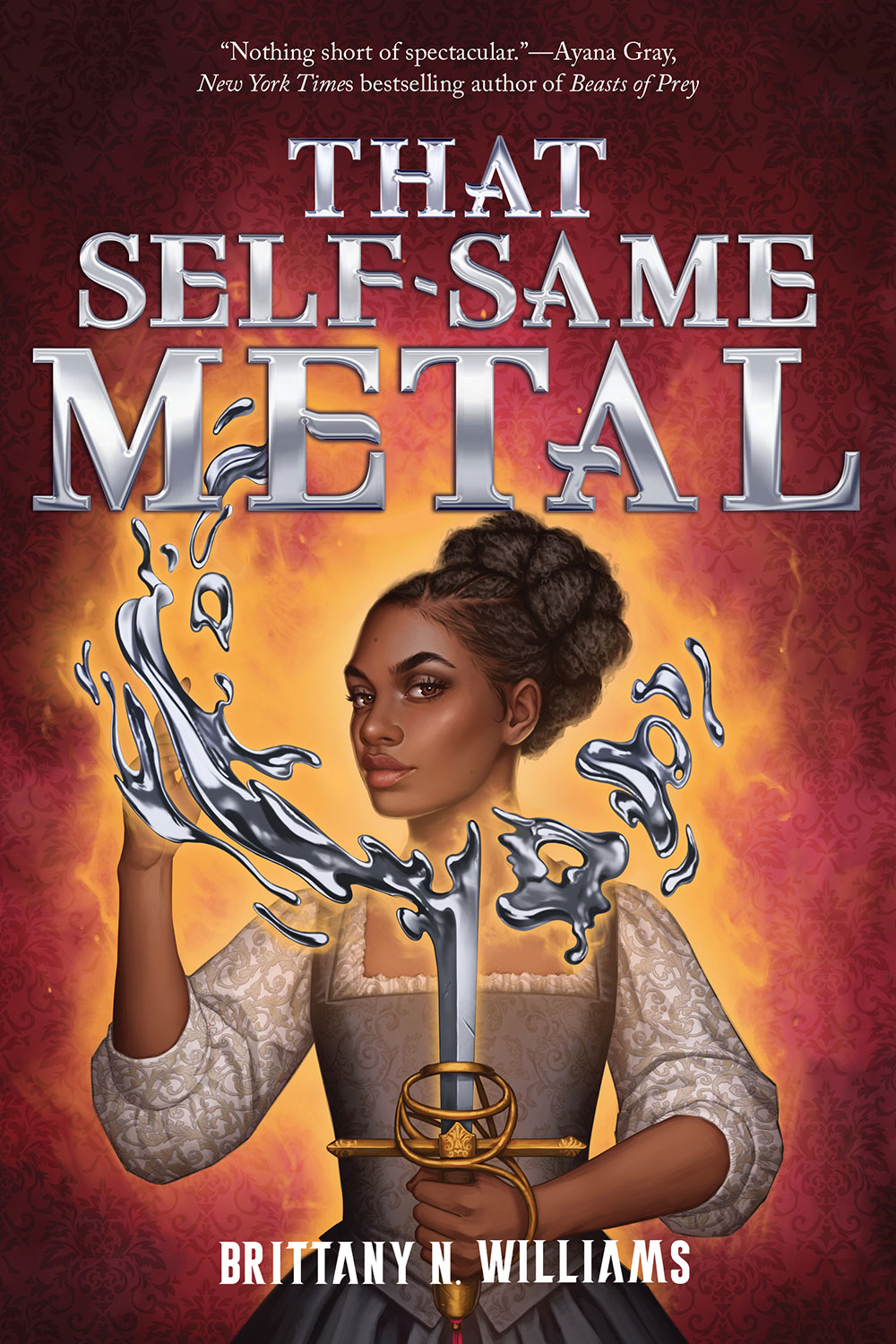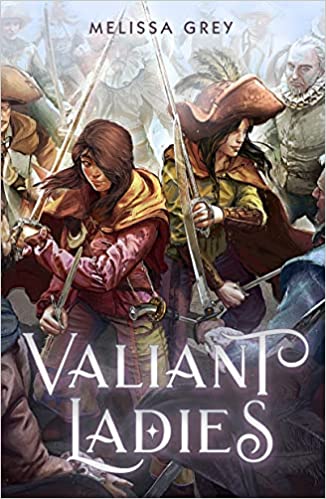Buy this from Bookshop.org to support local bookstores and the Lesbrary! Gwendoline and Arthur have been betrothed to one another since birth. Too bad they absolutely hate each other. When forced to spend a summer in Camelot together, Gwen and Arthur discover tantalizing secrets about one another: Gwen witnesses Arthur kissing a boy, while ArthurRead More
Shakespeare, Fae, and Orisha: That Self-Same Metal by Brittany N. Williams
Bookshop.org Affiliate Link At the age of sixteen, Joan Sands possesses exceptional craftsmanship skills that she employs to create and maintain the stage blades for The King’s Men, a theatrical troupe led by William Shakespeare. Joan’s remarkable blade-crafting ability is rooted in her magical power to manipulate metal, bestowed upon her by her guiding deity,Read More
Vic reviews Valiant Ladies by Melissa Grey
I definitely recommend it to anyone who loves badass historical sword lesbians with a little bit of mystery (and really, how could anyone not love that?)
Vic reviews Gideon the Ninth by Tamsyn Muir
Amazon Affiliate Link | Bookshop.org Affiliate Link Ever since I discovered Tamsyn Muir’s Gideon the Ninth, I have hesitated to read it for the sheer fact that it could only be a book that I loved or that I hated. It looked so tailored to my own personal tastes that if it did not deliver, itRead More
Maggie reviews Witchlight by Jessi Zabarsky
Amazon Affiliate Link | Bookshop.org Affiliate Link Witchlight by Jessi Zabarsky is a cute adventure graphic novel about Sanja, a girl with troublesome brothers and a family that doesn’t understand her, and Lelek, a witch trying to survive on her own as she journeys across the countryside. When someone catches Lelek cheating them and causesRead More

